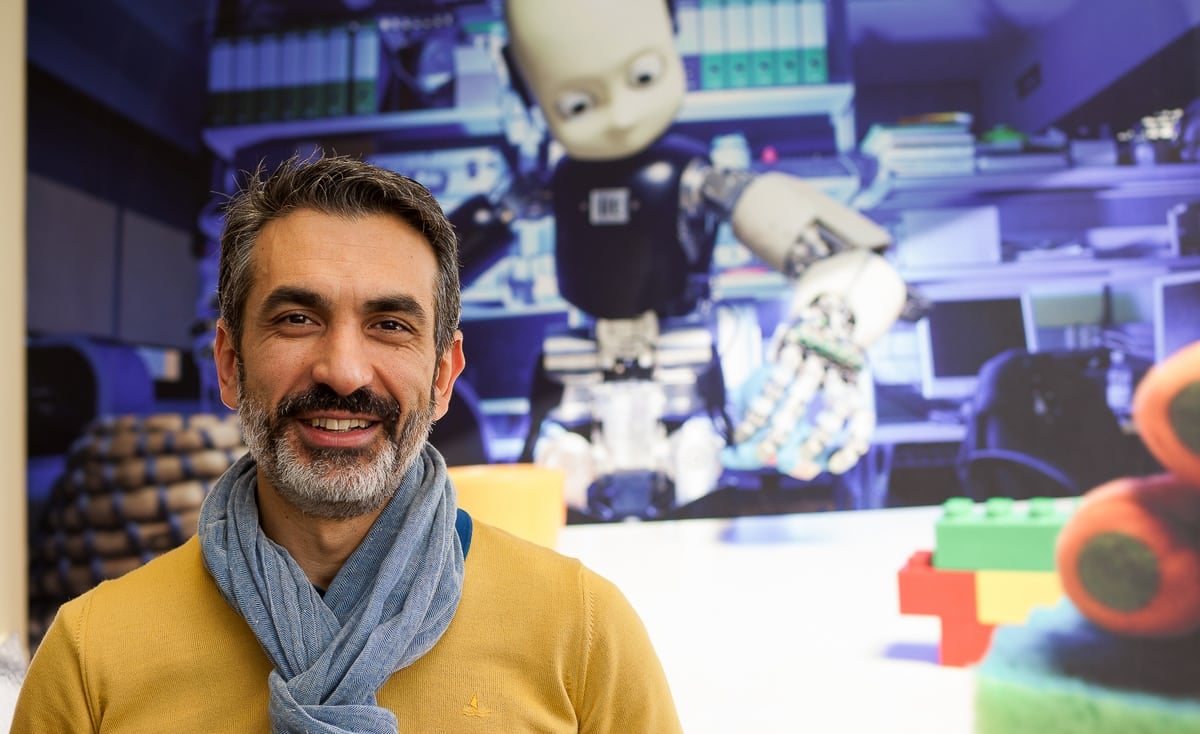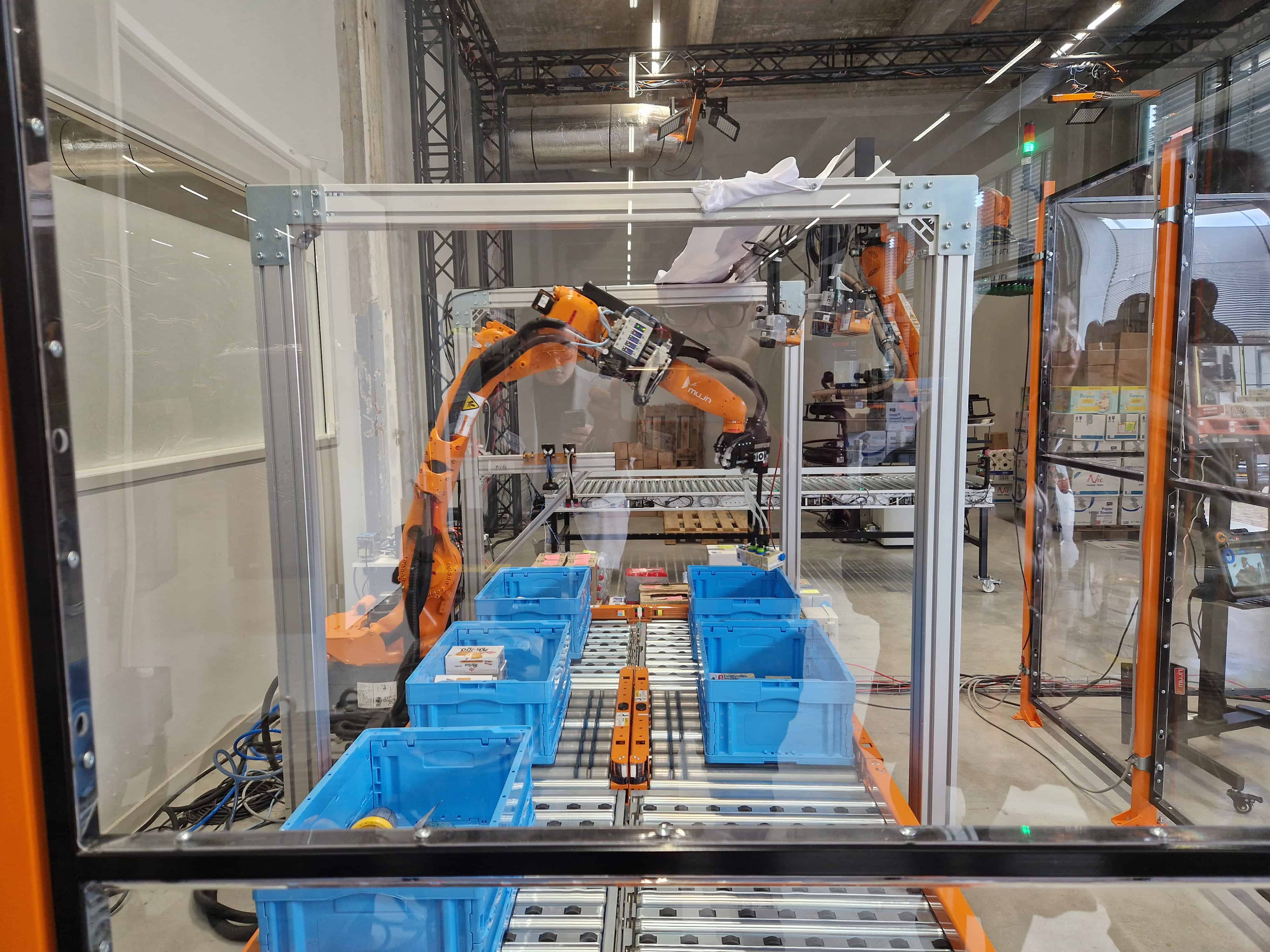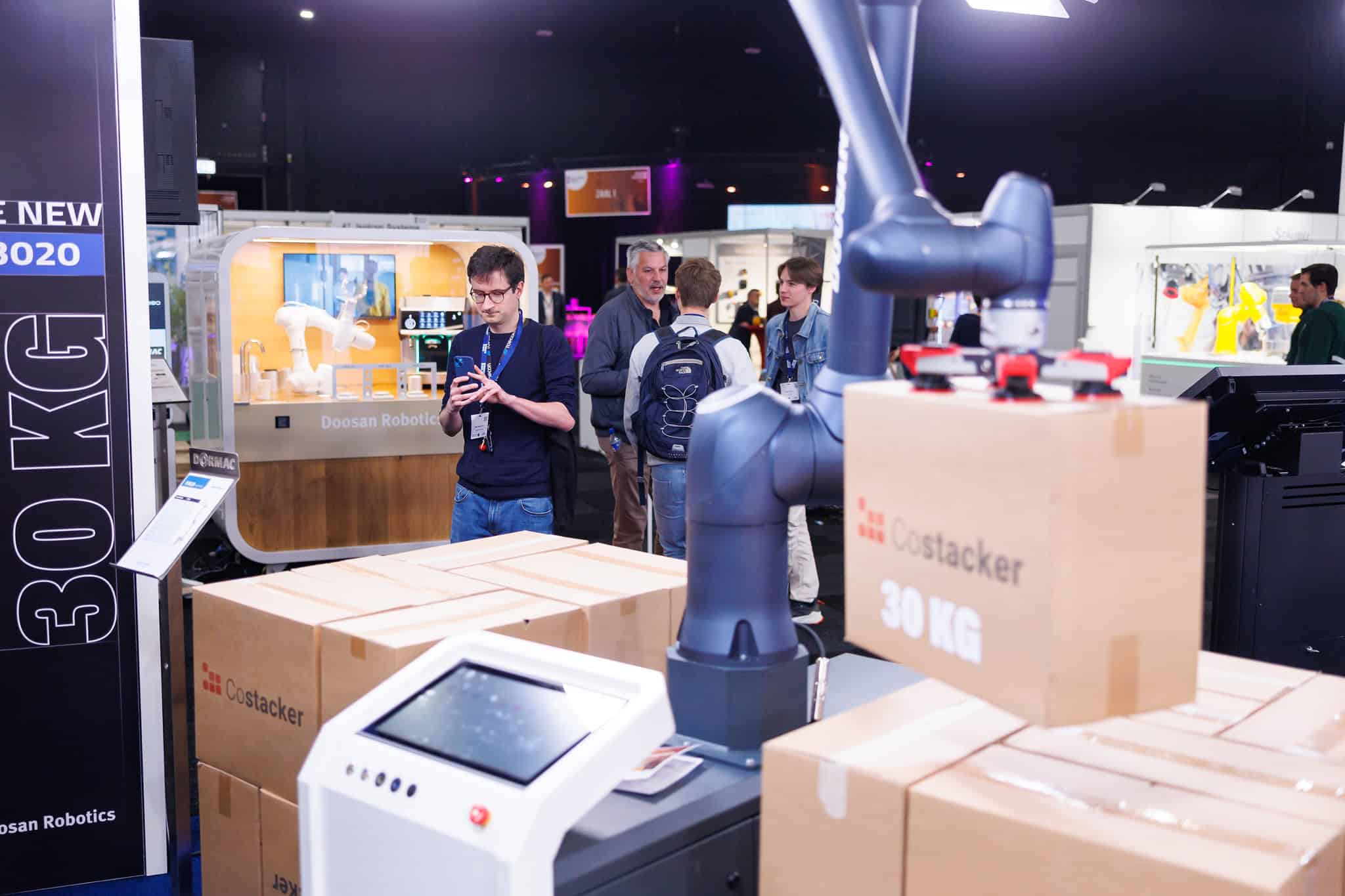
Giorgio Metta is scientific director of the Italian Institute of Technology (IIT), the Italian counterpart of the Massachusetts Institute of Technology (MIT). The institute has a multidisciplinary approach and is particularly strong in technology transfer. Metta (51), an electrical engineer who graduated from the University of Genoa (from which he also received his PhD), is considered to be the father of the iCub. This is a humanoid robot designed by several different European universities with the aim of conducting research on human cognition and artificial intelligence.
Why was the IIT established in 2005? Was there a need for it?
“Yes, without question. It’s true that we have some excellent research centers in Italy, such as the Sant’ Anna University of Pisa, but there was really no independent institution dedicated purely to research. We don’t employ any professors, or at most some who are on loan from a university. Our institution is independent, including when it comes to attracting scientists.”
How is Italy doing in terms of innovation and technology?
“In the 1990s, Italy lost three to five percent of its graduates and received only 0.3 percent of graduates from abroad. The perception is that this brain drain is due to, among other things, low public investment in research. Our institute provides proof that things can be done differently.

We have been able to attract scientists from more than 60 countries. Twenty percent of them are Italians who have returned from abroad. We have also secured more than 50 grants from the European Research Council (ERC) and we occupy first place among research institutions in the European Patent Office’s ranking.”
You don’t actually hear much about Italian innovation. What is Italy strong in?
“Italy is traditionally strong in robotics and automation. This is due to the fact that our country has always been strong in the development and production of precision machinery, engines, vehicles, chemical products and electrical equipment, among other things. It is the sector we used to call ‘mechanics’. We are also strong in artificial intelligence. Italy is among the six best countries in the world. But we did miss the digital revolution a bit. We were strong in it forty years ago – think of computer maker Olivetti – but somehow that has been lost. We also don’t have any big software companies.”
Your predecessor at the IIT became minister of the new Department of Ecological Transition early this year. What do you expect from him?
“When he was still at the IIT, Roberto Cingolani was already a great driver of ecological transition. So I am completely confident that an ecological and digital transition are the main policy issues. These are exactly the topics that the IIT also focuses on. We bring together the work of different research groups within the IIT in this area. This ranges from the development of new materials, such as bioplastics from plant waste, technologies to extract energy from hydrogen and photovoltaics, methods to capture and reuse carbon dioxide, to the use of robotics, for example, in precision agriculture.”
Can the ‘strict’ countries in northern Europe be reassured that the EU Next Generation funds will be put to good use?
“I understand very well that other European countries are watching with concern how Italy will spend the aid funds. I think they can be reassured, precisely also because of the establishment of the Ministry of Ecological Transition, which will be responsible for a large part of the funds.”
The IIT is strong in applied science and interdisciplinary approaches. But is one IIT enough?
“This is why I am also advocating for the creation of a network of top institutes in Italy, through the establishment of a scientific organization which I would like to name after Alessandro Volta. This Società Alessandro Volta should be modeled after the Fraunhofer Gesellschaft (Fraunhofer is a German research organization with 72 institutes, each focusing on different areas of applied science, ed.). This would pave the way for us to start creating a critical mass of resources and competencies that would allow our country to compete at the highest level.”
What future developments do you expect to see?
“In the future, I see a greater use of artificial intelligence and computational science in other disciplines such as the identification and development of new materials in bioinformatics and in the development of new drugs.
In addition, I see robotics beginning to be used in the medical field, with the creation of exoskeletons, prosthetics and rehabilitation devices. Robotics in the industrial field will be represented by cobots or collaborative robots that can help humans reduce health risks in the workplace. The development of service robotics will take more time, but will be useful, for example in hospitals to support hospital staff, or to meet the needs that will arise in an increasingly gray society.”
IIT
The Italian Institute of Technology (IIT) is a center for scientific research established by law to promote excellence in both basic and applied research. The IIT has a multidisciplinary approach and focuses on four strategic research areas: robotics, nanomaterials, life science technologies and computational sciences.
Its main objective is to produce technologies that will have a positive impact on the environment, health care and the aging population, among others. The headquarters of the IIT are located in Genoa. IIT has 11 research centers across Italy and two laboratories in the United States (at MIT and Harvard). In 2019, the Italian government funded the institute to the tune of €91.3 million. Since 2006, the IIT has brought in external projects for a total value of over €350 million.
With the creation of a new ministry, Italy looks like it is really doing everything it can to promote innovation.








